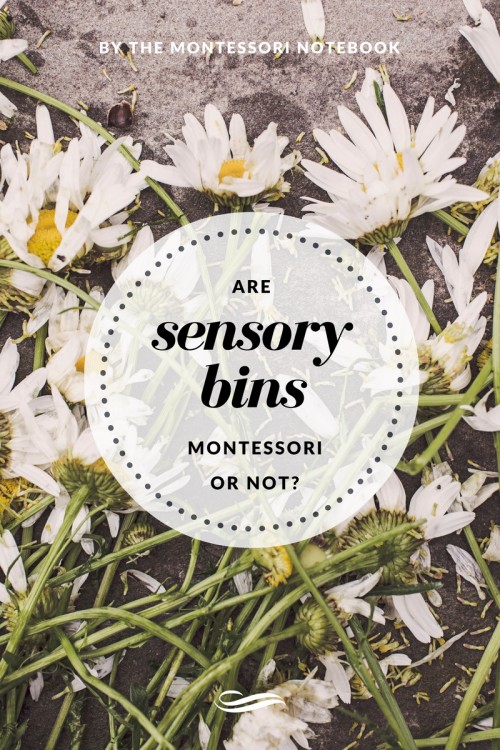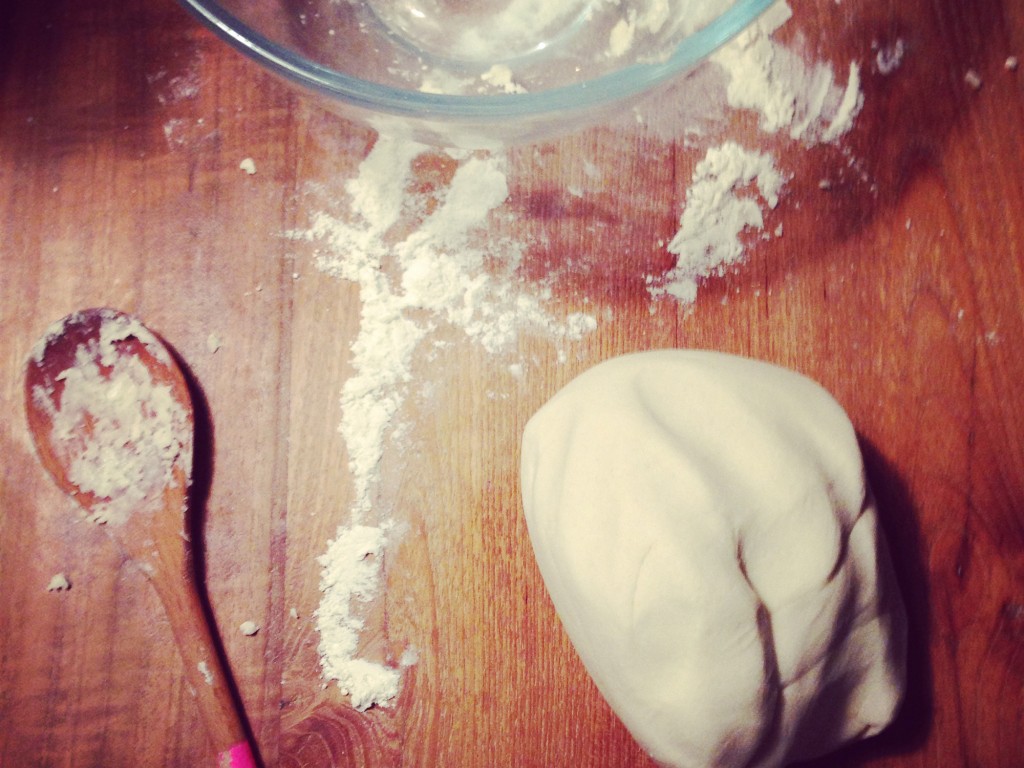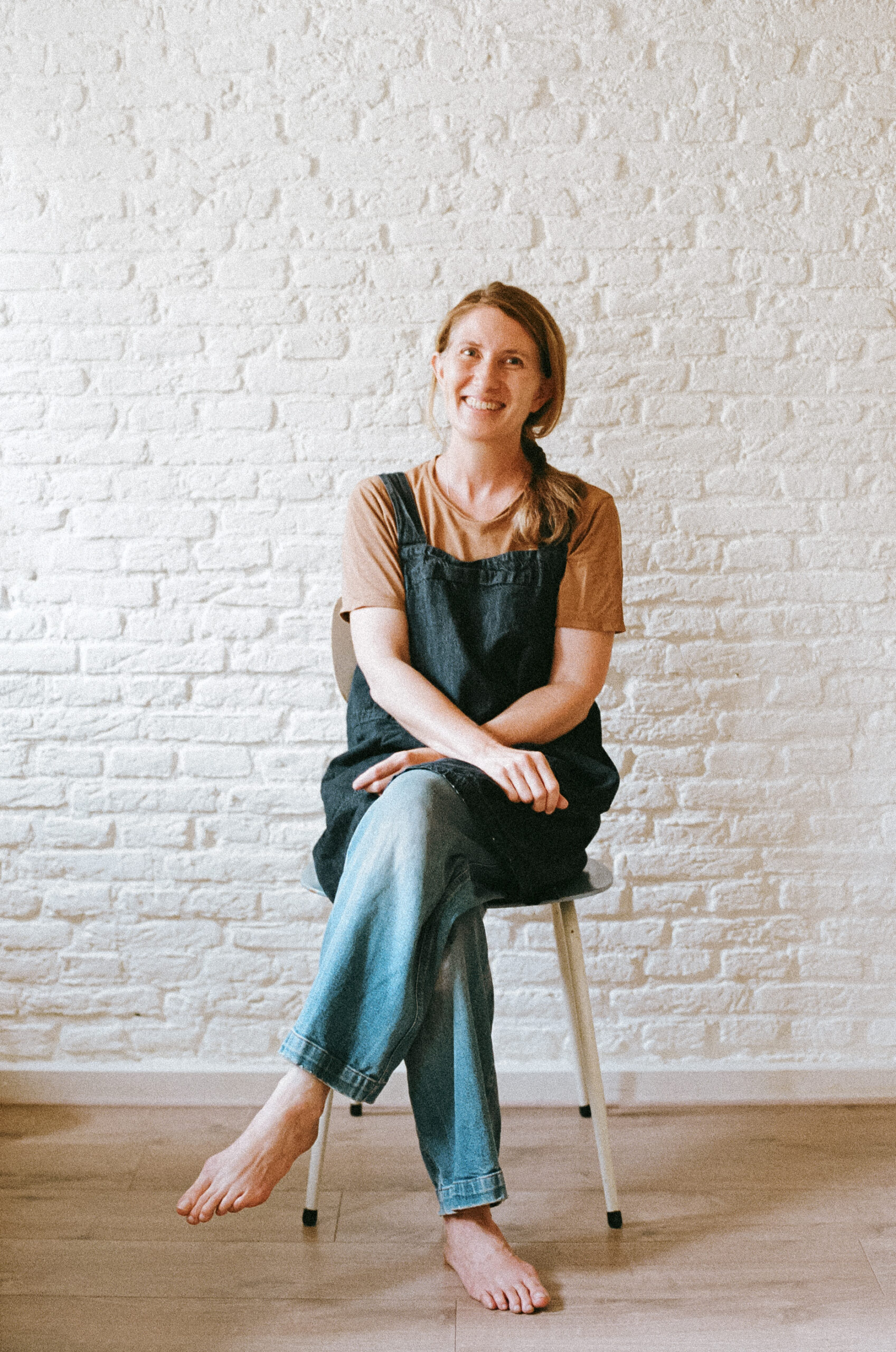Are sensory bins Montessori or not?

I started to doubt myself. Everywhere I looked on social media, people were sharing their Montessori sensory bins and invitations to play for their toddlers. I even saw many toddler classrooms with Montessori cylinder blocks and the pink tower. And I’m thinking, “did I miss something in my Montessori training?!”
I’m an AMI-trained Montessori teacher and see babies and toddlers in my classes (and my own children) using their senses EVERY day – we just don’t use sensory bins to do it. Let’s see how!
Sensory experience for toddlers Montessori-style
The senses are a huge part of the Montessori approach. Well before there was any brain research to confirm that we rely heavily on our senses when learning and engaging more than one sense when teaching can help information processing, Dr Montessori wrote simply yet definitively:
“Nothing comes to the intellect that is not first in the senses.” (Secret of Childhood)
Let’s take a closer look then at how the Montessori approach uses sensory experiences with toddlers.
1. Natural materials
I love the way that the Montessori approach takes care to provide beautiful natural materials from birth onwards. Wood, silk, cotton, linen and other natural materials. The child touches, tastes and smells these natural materials and absorbs their beauty.
2. Dirt and nature
Slowing down and being outdoors is a big part of the Montessori approach. Step outside, no materials required. Children can have bare feet and feel the grass, the rocks, the sand under foot. They can practise balancing by walking along a stone wall or climbing some rocks. Collecting treasures in nature like shells, rocks and sticks.
Involving young children in gardening is a great sensory experience for children. There’s soil and water to feel, the smells in the garden are rich (think even of the smell of rain), so many places to explore with the eyes and ears looking at, and listening to, the sounds in the garden. And if you grow your own fruit and vegetables, there are many tastes to try too. Or even tasting the dirt – a baby’s favourite. Turns out a bit of dirt is good for your immune system (for example, read this article).
3. Every day activities
We love to include water and soap in the Montessori environment. If the child is washing their hands, or washing the dishes, one common point of interest is the bubbles being made. The child can see, feel, hear and smell these. Sometimes they get tasted too.
4. Baking
We love to bake. All of the senses are at work here. Scooping and measuring ingredients. Sweeping up spills. Kneading the dough. Smelling and tasting freshly baked bread.

5. Purposeful activities
Why are these experiences so rich? Dr Montessori recognised the young child loves what she named “purposeful activity”.
Purposeful activites lay neural and muscular pathways to develop new skills. Mastery is a feature of Montessori activities. Child or adult, there is nothing like mastering a new skill. The satisfaction. The deep peace. And the scaffold to learn the next skill. Encouraging learning naturally.
So we like to set up activities that have a purpose – pouring water to wash our hands, measuring rice to make a meal, or shovelling dirt to plant some vegetables.
6. Art and craft materials
There are many sensory experiences in the art area of a Montessori classroom or home. I love to switch the clay in my classroom – the kids love to see which colour there is when we make new playdough (my favourite recipes are here). I sometimes change the playdough for chocolate mud dough or kinetic sand or bubber for a different sensory activity. These materials all react in different ways to the child’s touch and are fun to explore. Adding essential oils adds another sensory experience too.
You can see an older toddler work to consciously mix colours in the painting area. Which will lead perfectly into exploration of the Montessori colour tablets in the 3-6 year old environment.
7. Household items
I often hear from parents that their child is not interested in the toys they buy, just the things they have around the house. These children are benefiting from exploring their home environment, rich in sensory experiences. Look at the kitchen – what a great area to find things to touch, feel and use. For a baby, you can make a basket with a whisk, a wooden spoon and a cheese cloth. Toddlers can explore how things go in and out of the kitchen drawers, get involved in preparing meals and, of course, helping to mop and sweep the floor.
8. Stereognostic sense
Have you ever heard of the stereognostic sense? I hadn’t until I did my Montessori training. “Stereo” meaning around and “gnostic” to touch.* So it means to touch around something. You know when you put your hand in your bag to feel around for your keys – yep, the stereognostic sense at work.
Enter the stereognostic bag, more often called the mystery bag. This is one of my favourite activities in the classroom. You put your hand in the bag without peeking. Just using your sense of touch, you feel the objects inside, “I feel a spoon!”. When it’s the child’s turn you can ask her, “can you find a spoon?”, and they try so hard to practise pulling out the correct object.
[EDIT: someone corrected what I learned in my training with the following helpful update: “Gnostic means “to know” not “to feel” and stereo in this case is referring to solid. So it’s in a way understanding or knowing what the dimensions or solid are without sight and sound. https://www.etymonline.com/word/stereo- https://www.etymonline.com/word/gnostic”]
9. All the time
That’s right. We are using our senses from waking until sleep (and unconsciously in our sleep too). In some ways we don’t need a sensory bin. We are living sensory beings exploring the environments around us. All day, every day.
10. Hands on learning/multi-sensory approach
Montessori is one of the most hands-on learning approaches I’ve seen. Insteadof sitting passively while a teacher stands at the front of a classroom, children are invited to choose materials and explore them with their hands. The materials are beautiful (great for visual learners), able to be touched (great for tactile learners), and we can name the items too (perfect for auditory learners). Montessori developed this multi-sensory approach with concrete exploration before abstraction being one of the tenets of the Montessori approach.
Moving from toddlers to preschoolers
The sensorial materials in the 3-6 classroom are nothing but beautiful, extraordinarily designed and have lasted the test of time. Sound cylinders, cylinder blocks, the pink tower, the brown (or broad) stair, smelling bottles, colour and touch tablets.
From 2.5/3 years old, the child starts to explore and sort the many different impressions received through the senses – big, small, wide, thin, long, short, rough, smooth, dark, light, loud, quiet. The sensorial materials mentioned above allow the child to explore these various dimensions, develop discrimination, and further refine the senses.
Used before this age, the full discovery, exploration, mystery and beauty of the materials can be lost. They may have some success using the cylinder block as a puzzle completing it through trial and error. However, the Montessori teacher chooses to wait to introduce this material when the child will fully appreciate the magic of the material.
So shall we bin the sensory bin?
Let me be clear. I’m not completely against sensory bins or invitations to play. The thing that I’m against is calling these things Montessori when they are not.
Sensory bins are generally large boxes filled with rice or beans or some goopy mixture. They can encourage children to feel different materials, pour, scoop and explore with their hands.
Invitations to play are a lovely Reggio concept. These are open-ended activities inviting children to create as they wish with the materials and they are encouraged to be curious.
With my own children I chose not to use sensory bins. I believe you can find richer sensorial materials in nature, around the home, in daily life, rather than through a sparkly concoction of goop.
Just my opinion for what it is worth.
Opinions of other Montessori teachers I asked
I thought I would invite some of my favourite Montessori teachers to also add their opinions.
Here’s what Pamela Green of Ananda Montessori wrote:
“The first thing that comes to mind in both 0-3 and 3-6 is being outdoors….touching trees, smelling leaves, flowers, grass, feeling the wind, gardening, tasting what is grown, listening, etc. Indoors also having natural materials to touch, listen to, different foods to prepare, explore, taste. Different fabrics to touch, compare, weight of objects, which can be all these ages, working with water, float or sink works. And practical life of caring for ourselves, environment, others, to me is the sensory work of sensing others.
The sensory experience begins for the child during pregnancy…..Mom out walking, talking to the child about what she is seeing, her exercise such as swimming..water movement, telling stories, reading, hearing music, Mom touching her child and connecting….as well as the father/partner joining in. And relaxation/meditation with the unborn child. Realizing the baby is experiencing a full sensory-rich life prior to birth, and is responsive.”
Andy Lulka who runs the Montessori Teachers Facebook group wrote:
“There is nothing more inviting than the natural world. Our nervous systems evolved in a natural setting. They are happiest and most comfortable in a natural setting, or one which similarly stimulates all of our senses simultaneously and gently, which occasionally calls our attention to something special, and with which we interact on every level. Sensory bins cannot do this. Apps cannot do this. Well-prepared Montessori environments absolutely do this.
I have seen instead of sensory bins, when children really need them, hand-transferring activities with natural materials, or bowls full of rocks with which the children can explore various textures, sounds, and so forth.
There is one more very important sensory element, especially in the toddler room, and that is meal and snack time. There’s a real magic to a well-done sharing of food at that age level. I never tire of observing those moments, the absolute presence with which toddlers engage with food. It gets lost so quickly.”
From my co-host on The Montessori Show, Jeanne-Marie Paynel of Voilà Montessori:
“The senses are developed naturally through safe exploration of our environment and through the freedom of movement a Montessori environment allows the child.
From the time of conception the child is learning from their environment with their senses.
In the first three years we say that the child is an unconscious sensorial learner, one reason babies like to touch everything a put everything to their mouth. It is so important to give the young child as many natural simple experiences with his surroundings. No need to create sensory bins with colored rice or cooked noodles, let them explore what the real world has to offer and let them touch everything as long as it is safe and harmless.
Once the child has acquired a more conscious and rational mind continuing to offer sensorial experiences is extremely important, being mindful to not overstimulate.
Try as much as possible to isolate the sense being developed. An example is with music, take the time to truly listen to music, not just background sound, or experimenting with different tastes, taking the time to mindfully taste everything that is put in the mouth. Using a blindfold can deepen the experience if the child is willing to try.
Montessori often refers to isolating that one quality we want the child to perceive, which is why modern day toys or complicated activities are not conducive to the natural exploration of senses or the development of concentration. We prefer toys that are made of natural material, such as wood, leather, fabric etc., allowing the child sensorial experiences to decipher all of the different textures.
Remember that children are eager explorers and that the simple song of a bird or the wind on their face is plenty to awaken the senses.
“The training of the senses must begin in the formative period of life if we wish to perfect them later through education and make sense of them in any particular human skill.”
“Not only the sensorial material but also the whole environment is so prepared that it will attract him, just as in nature colored blossoms attract insects to drink the nectar which they conceal.”
both quotes from The Discovery of the Child, M. Montessori.”
It’s been fun to take a close look at the child and his developing senses. I hope this helps you to explore the world with all the senses with your child.
Now go enjoy the wonder all around us.

Simone Davies has more than 20 years’ experience as an AMI Montessori educator. Simone is the author of “The Montessori Toddler” and co-author of “The Montessori Baby” and “The Montessori Child” books, comprehensive guides to raising children in a Montessori way. She currently runs parent-child Montessori classes in Amsterdam at her school Jacaranda Tree Montessori. She also has a popular blog, instagram and podcast “The Montessori Notebook” and is mother to two young adults.